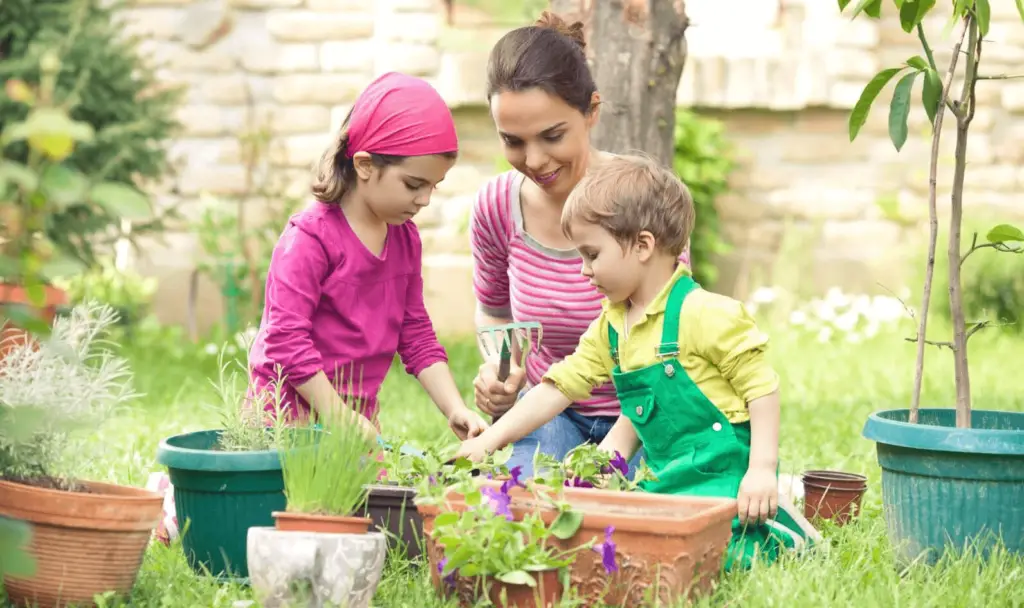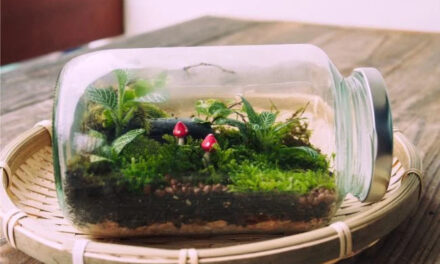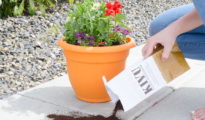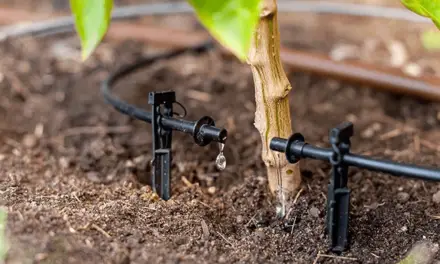Gardening is a wonderful way to engage children with the natural world and teach them valuable life skills. By involving children in gardening activities, we can ignite their curiosity, foster a love for nature, and promote healthy habits from an early age. Whether you have a backyard, a community garden, or just a few pots on a balcony, there are plenty of fun and educational activities you can do with your little ones. In this blog post, we will explore a variety of gardening activities that will captivate their imagination and nurture their budding green thumbs.

Start with Seeds
One of the most exciting parts of gardening with children is starting plants from seeds. Begin by explaining the concept of germination and how plants grow from tiny seeds. Let your child choose a few favorite vegetables, flowers, or herbs to grow. Provide them with pots, potting soil, and seeds, and guide them through the process of planting. Watching their seeds sprout and grow will fill them with a sense of wonder and accomplishment.
Create a Sensory Garden
Engage your child's senses by creating a sensory garden. Incorporate plants with different textures, colors, and scents. For instance, plant lavender for its calming fragrance, lamb's ear for its soft leaves, and marigolds for their vibrant colors. Encourage your child to touch, smell, and observe the plants, stimulating their sensory development.
Composting and Recycling
Teach your children about the importance of recycling and composting by involving them in the process. Explain how organic waste can be turned into nutrient-rich compost that helps plants grow. Set up a compost bin or pile in your backyard and let your child contribute vegetable scraps, leaves, and other compostable materials. Involve them in turning the compost and explain the decomposition process. This activity will not only educate them about environmental responsibility but also provide them with valuable lessons about the cycle of life.
Garden Journaling:
Encourage your child to keep a garden journal to document their gardening journey. Provide them with a notebook, colored pencils, and markers. They can draw pictures of their plants, write about their observations, and note any changes they observe over time. This activity not only enhances their writing and drawing skills but also allows them to reflect on their experiences and learn from them.
Bug Hunts and Beneficial Insects:
Explore the fascinating world of insects with your little ones. Take them on bug hunts and observe insects in the garden. Teach them to identify beneficial insects like ladybugs, bees, and butterflies, and explain their vital role in pollination and pest control. Create a friendly habitat for these beneficial insects by planting flowers that attract them, such as sunflowers, zinnias, and coneflowers. Your child will develop an appreciation for the intricate relationships between plants and insects.
Garden-to-Table Cooking:
Introduce your child to the joys of cooking with homegrown produce. Harvest vegetables, herbs, or fruits from the garden and involve your child in preparing simple recipes. They can wash, chop, and help with other age-appropriate tasks. This hands-on experience will foster a connection between nature and food, promote healthy eating habits, and empower your child to appreciate the fruits of their labor.
Gardening offers a wealth of opportunities for children to learn, explore, and develop a deeper understanding of the natural world. By engaging them in fun and educational activities like starting seeds, creating a sensory garden, composting, journaling, observing insects, and cooking with garden-fresh produce, we can cultivate their love for gardening and nature. These activities not only promote physical activity and healthy habits but also teach important life skills such as patience, responsibility, and environmental stewardship. So, roll up your sleeves, grab some gardening tools, and embark on a journey of discovery and growth with your little green thumbs. Happy gardening!



















